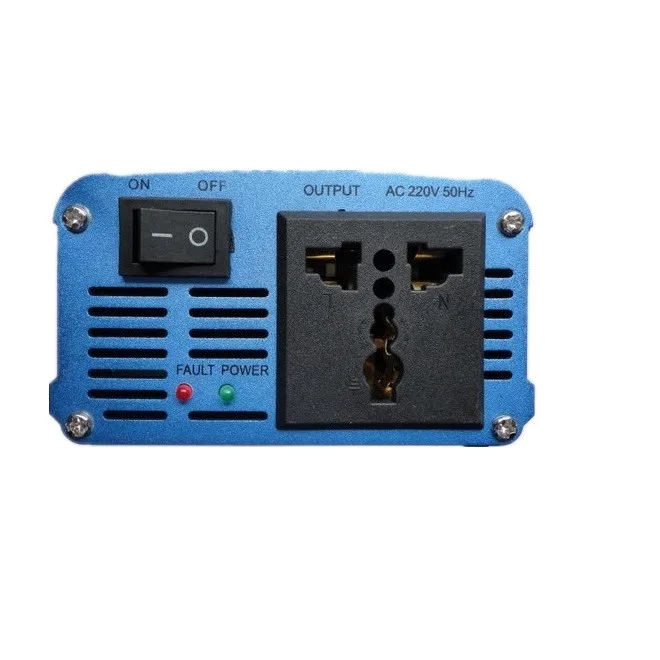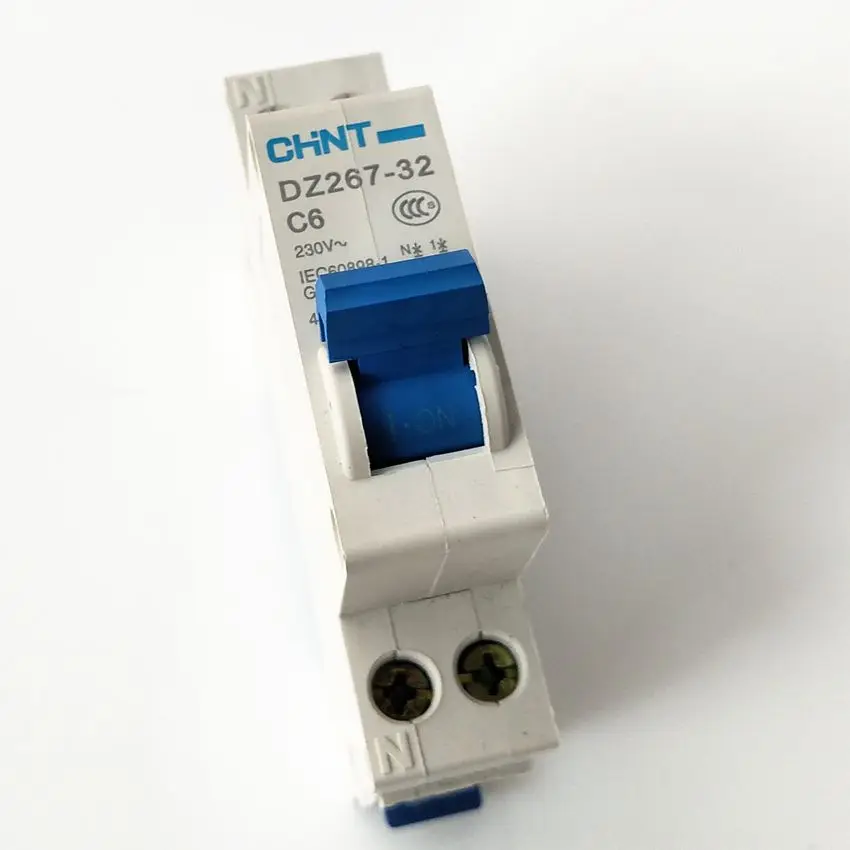Problems... Batteries, Charge Controllers, Inverters and more!
Stefan Stoove



Sustainability
- Our problem is that we cannot charge and power small appliances at Sam's house without the use of the generator. This can create issues such as not being able to do schoolwork on devices at home and insufficient lighting. For our project we will solve these issues while helping out their family and sustaining the environment. We will construct a hydroelectric system using an old washing machine motor which will produce sustainable, clean green energy. A budget of around $150 seems reasonable for this project.
ISSUES:
1. Cost of petrol in generator - with a hydroelectric system, the load on the generator will decrease.
2. Pollutants - Petrol is combusted: bad for you and the environment since it is derived from fossil fuels.
3. Power isn't readily available - straight up, a small battery bank won't handle high wattage appliances for long. This means they will heavily rely on using the generator if they require running power tools, microwaves, hair dryers, non-gas heaters, etc.
Quick update - since salvaging the smart drive motor, I have done some research and found I will need to rewire it. This will make it produce lower voltages around 12V but at higher current (AMPS), suitable for the charge controller.
I have found out online the electronics we need to control the electrical power from the hydroelectric turbine.
A rough order list:
CHARGE CONTROLLER
- A charger controller (PWM (Pulse Width Modulation) solar controllers are inexpensive - I am hoping this one will work with our application. There are 2 USB ports for charging devices. On the bottom, there is an intake from the solar (it's hydroelectric in our case), charge terminals for the battery, and a load (around 12v) which we will hopefully attach a 10W - 20W floodlight to.
INVERTER
- A low wattage inverter to convert 12V battery voltage to 220V AC - I am thinking below 500W and a pure sine wave inverter. This red one is 150W and has a USB port. The blue one is 300W and can handle slightly larger loads. I will make a decision later.
FLOODLIGHT
- A low power floodlight, which can be connected to the load of the charge controller. This 10W one is very small so I think a 20W floodlight may be more suitable.
BRIDGE RECTIFIER
- This is a 3 phase bridge rectifier. Can you guess what it does?
Highlight the following text to find out → Answer: This bridge rectifier converts 3 phase AC (alternating current) into DC (direct current). It can be put on our hydroelectric generator to create DC suitable for the charge controller.

BATTERIES
- I have been interested in using a 12V car battery, however I found out they do not handle the recharge cycle like a regular battery.
For this project I was recommended a deep cycles battery, which appears similar but has more capacity. It safely handles the normal use of a rechargeable battery with up to 80% discharge, however it has less amp draw and is quite expensive which could be an issue.
I will see what batteries they have spare at Sam's house so we could maybe test them in a few weeks time. If I'm lucky, I may be able to pick up one of these batteries somewhere, possibly out of old machinery, mobility scooters, etc. At the moment they sell for around $200 on TradeMe.
For this project I was recommended a deep cycles battery, which appears similar but has more capacity. It safely handles the normal use of a rechargeable battery with up to 80% discharge, however it has less amp draw and is quite expensive which could be an issue.
I will see what batteries they have spare at Sam's house so we could maybe test them in a few weeks time. If I'm lucky, I may be able to pick up one of these batteries somewhere, possibly out of old machinery, mobility scooters, etc. At the moment they sell for around $200 on TradeMe.
OTHER PARTS
- Other useful parts for the hydroelectric system include a cigarette lighter socket, fuses, a small circuit breaker and yes, wire.











stefan i really enjoy your blog truly you arent missing anything full of information and i like how you dicuss the problem in depth.
ReplyDelete